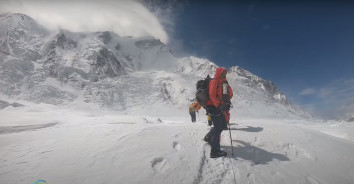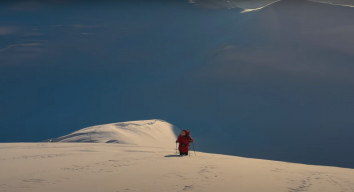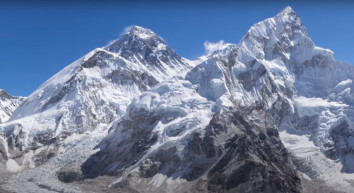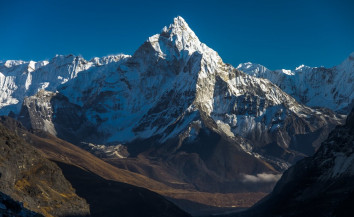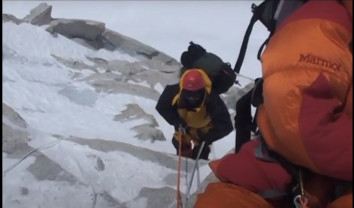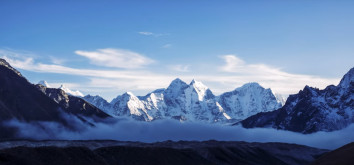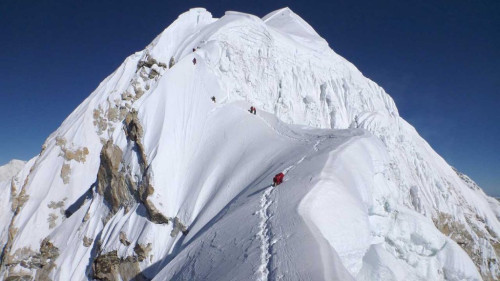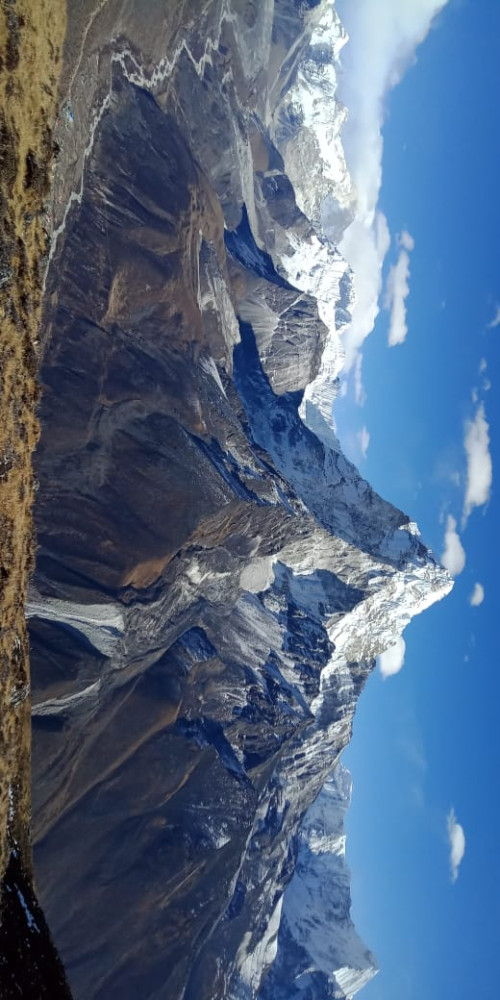The visually appealing, distantly recognizable, and most beloved by climbers, Ama Dablam, at 6,812 metres, is a jewel of the Everest region. Ama Dablam's expedition, an expedition to a peak of 6,000 metres, is often considered technically arduous, and to climb to the summit is rewarding. It's a significantly technical climb that even mountaineers with previous climbing experience struggle to scale the summit.
The name, Ama Dablam, translates to a Mother Jewel. On the dot, Ama means mother, and Dablam means the pious box of ornament put on by Sherpa women. The striking SouthWest face of Ama Dablam holds a glacier that mimics the figure of Dablam.
First Successful Ama Dablam Expedition
The expedition team of the Silver Hut Scientific Expedition led by Sir Edmund Hillary in 1960 was the first successful Ama Dablam expedition. The four members, Barry Bishop from the USA, Mike Ward and Wally Romanes from New Zealand, and Mike Ward from the UK, successfully reached the summit on the 13th of March in 1961.
The setting of Ama Dablam is in the heart of Khumbu. Not only for Ama Dablam expedition members but also for Everest base camp trekkers who adore the utter elegance of this peak. Everest, Lhotse, Nuptse, and Makalu are visible from its base camp. The summit of Ama Dablam is a viewpoint for viewing the world's four highest 8,000ers, Everest, Makalu, Lhotse, and Cho Oyu.
Technical difficulties of Ama Dablam Expedition
Those who make it to the top of Ama Dablam hail the SouthWest summit ridge ascent as the most appealing summit climbs in the Himalayas. Unlike other 6,000 metres mountains, Ama Dablam is a seriously arduous mountain for climbers. Ama Dablam's expedition is not for aspiring mountaineers because even climbers with some 7,000 metres of peak climbing experience struggle while climbing it. With endurance and strength, technical expertise in climbing is equally necessary for it.
Ama Dablam is nominal avalanche-prone, but the steeper rocks, blue ice ridges, and walls make the climb arduous. The climber's favourite route to the summit, the SouthWest route, is supported by fixed rope lines. The sufficient ice and rock climbing skills come in handy at these climbs. The vertical wall, also called Yellow Tower, below 5,950 metres, Camp II, is the trickiest section of the entire Ama Dablam expedition climb.
Acclimatisation throughout Ama Dablam Expedition
Since the climbing Ama Dablam expedition only calls the experienced climbers, they'll participate in two acclimatisation rotations and a final summit push.
The first acclimatisation rotation begins from Base Camp at 4,600 metres to Camp I at 5,600 metres. With an overnight stay at Camp I, we'll hike down to the Ama Dablam base camp the next day.
The second acclimatisation rotation takes climbers to Camp II at 5,900 metres with further push to 6,000 metres. The acclimatisation rotation lasts three days and returns to the base camp.
In a perfect weather window, we'll prepare the summit push of the Ama Dablam expedition. We'll climb to Camp I on the first day. From Camp I, we'll reach Camp II and the Ama Dablam summit on the third day. We'll climb down to Camp II on the summit day. We'll rest overnight at Camp Ii before leaving for the Base Camp.
Ama Dablam Expedition Autumn 2023 /2024 climbing strategy
Ama Dablam Advanced Base Camp at 4,750 metres to Camp I at 5,700 metres
The appealing glimpses of landscapes around Ama Dablam base camp are heavenly. A stream from the mountain zigzags via the meadows of the Base Camp. Mt. Tawoche and the valley below it look spectacular.
We'll start our climb to Camp I via the grass-filled moraine ridges mostly covered in ice. The plateau at 5,150 metres, en route to Advanced Base Camp, is an ideal spot for viewing Mingbo La Pass, at 5, 815 metres. The climb becomes steeper as we ascend via the north face and reach boulder terrain. The Advanced base camp of Ama Dablam expeditions is usually placed right below this boulder terrain.
The deep crevices and ridges to Camp I are arduous. To climb further to Climb I, you'll have to use fixed ropes from the end of the boulder face. Camp I will be over west of the boulder terrain at 5,700 metres. The platform supports at most five tented camps overnight.
Camp I to Camp II at 5,900 metres
The route to Camp II becomes more arduous as you encounter exposed ridges and ample rock fingers. The thin ridges and raised cervices count require the use of fixed ropes.
The yellow tower, a 15-metre steep climb, is the most arduous of the entire Ama Dablam expedition. But, our Sherpa will make arrangements for fixed ropes. The exposed Camp Ii at 5,900 metres has limited space for tented camps.
Camp II to Camp III, at 6,300 metres
The route to Camp III is cosmopolitan of icy rocks covered in snow. We'll drop down to a snowy ridge from the red rocks and traverse a ravine linking the Lower rock wall and Grey tower. You may have to tribalize the groundless snowy couloir, till the famous Mushroom Ridge, at 6,300 metres.
We'll set up our tents on the east face of the Mushroom Ridge.
Ama Dablam Expedition: Summit Push
Ama Dablam summit push depends on the weather window and the snow conditions. The east route of the climb gets covered in snow and ice. The summit route goes around the hanging glacier on the west face. Crossing icefields, a few small snow fields, exposed ridges, and the snow rib of a 60-degree slope take us to the heavenly summit of Ama Dablam.
Every mountain you can name in the Everest region stands tall in front. You'll catch glimpses of Everest, Lhotse, Pumori, Cho Oyu, Makalu, and Baruntse. Further, the beautiful valleys like Dingboche and Chhukung, moraines, and glaciers appear alluring from the top.
Looking for an Ama Dablam expedition in autumn 2023 / 2024?
We, World Expedition Nepal, employ IFMGA certified climbing guides and sherpa for the Cho Oyu expedition we run. Also, we design every expedition with precise logistics and acclimatisation.
World Expedition Nepal is running Cho Oyu expedition for autumn 2023 and Spring 2024. After a long Covid pandemic, climbers from different countries are making their inquiries about expeditions in Nepal. So, we are receiving inquiries for trekking, peak climbings, and mountain expeditions. We are overwhelmed with the inquiries we are receiving at this time. Also, most climbers who make inquiries with us are reserving their seats for climbing Cho Oyu in Autumn 2023 and for Spring 2024.
We operate every expedition with a fixed number of clients. Thus, we encourage you to reserve your seat before it fills out. We are ready to take you to the adventurous Cho Oyu expedition for Autumn 2023 and Spring 2024. Are you ready?

 Recommended On
Recommended On

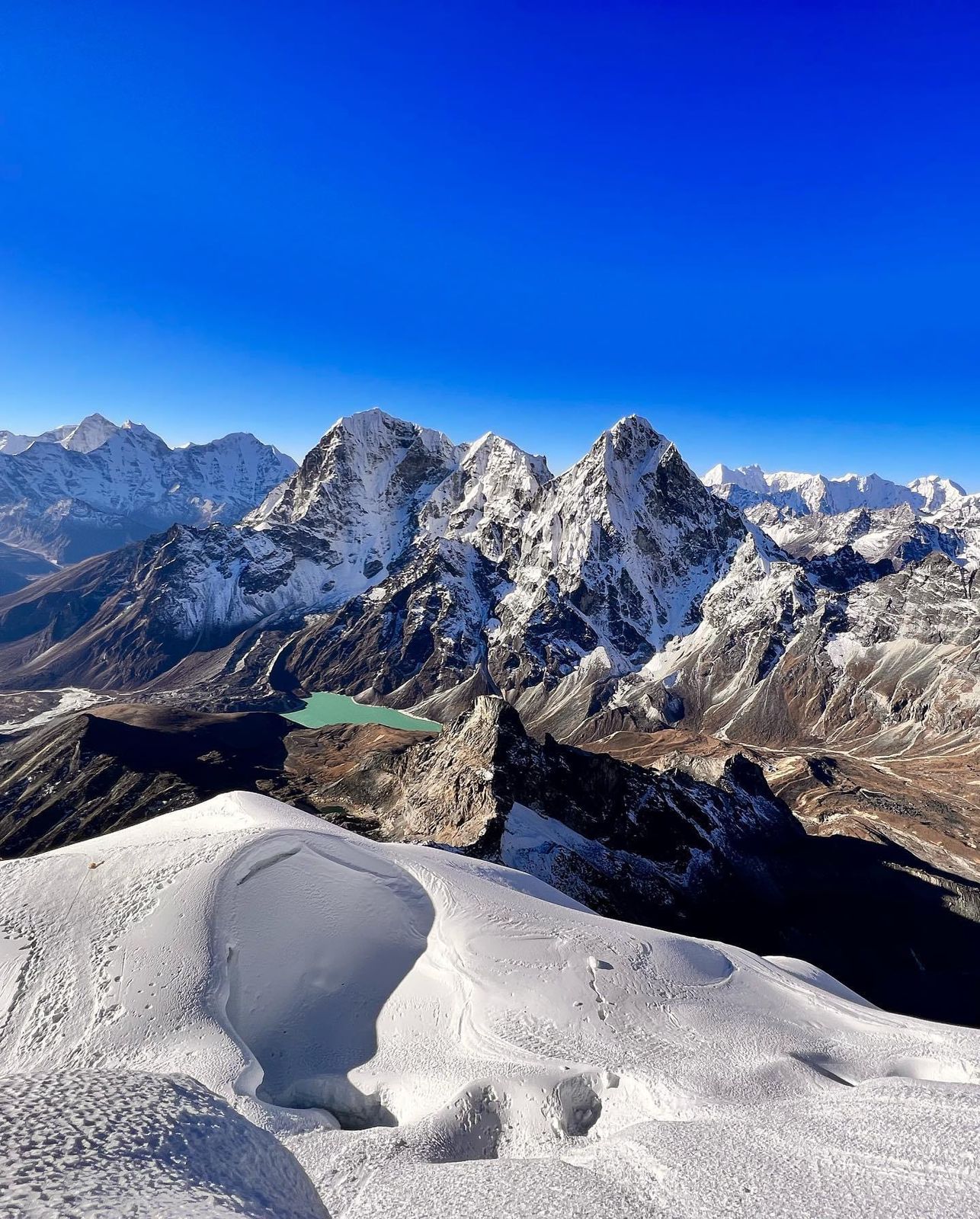


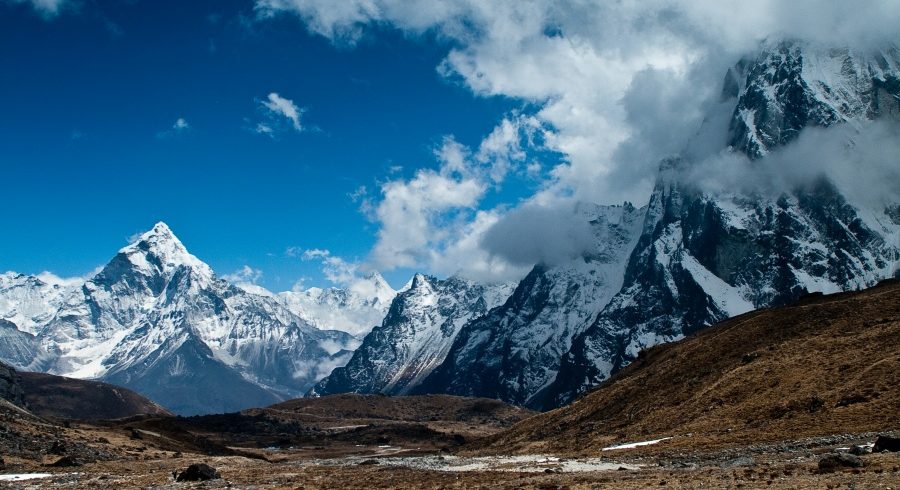
 8000m Peak Climbing , Nepal
8000m Peak Climbing , Nepal  66 Days
66 Days  US$31000
US$31000

